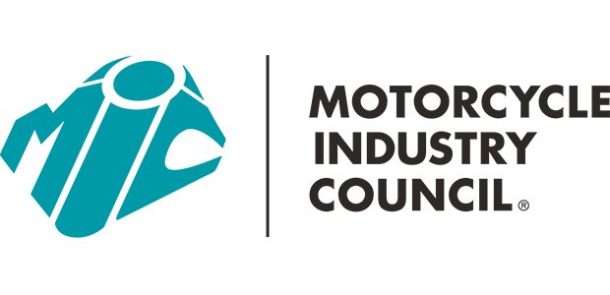Dec. 22, 2008 – New EPA standards on the horizon
By Jeff Hemmel
Contributing writer
Environmental Protection Agency (EPA) regulations have undoubtedly made PWC cleaner and more environmentally friendly. Those regs, along with the typically more stringent requirements of the California Air Resources Board (CARB), have resulted in PWC going from arguably dirty two-strokes to some of the cleanest four-stroke marine engines on the water.
As a recent announcement from the EPA attests, however, the agency obviously thinks manufacturers can continue to improve. Once again, the agency has set new emissions standards for PWC, along with gasoline-powered inboard and outboard engines, that will mirror the already more stringent requirements in the state of California. The newest guidelines are set to go into effect in 2010.
According to the EPA, Americans spend more than 500 million hours per year participating in recreational boating. Though far cleaner than they were a few short years ago, the agency still considers the engines and vehicles covered by this rule significant sources of air pollution, accounting for about 26 percent of mobile source volatile organic compound (VOC) emissions and 23 percent of mobile source carbon monoxide emissions.
The EPA notes the new rule will yield annual emission reductions of 600,000 tons of hydrocarbons, 130,000 tons of nitrogen oxide (NO), 5,500 tons of direct particulate matter and 1.5 million tons of carbon monoxide (CO). The new standards also are expected to save nearly 190 million gallons of gasoline yearly.
By 2030, the agency estimates the new controls will further reduce VOC pollutants by 70 percent for marine engines, and CO pollutants by an additional 19 percent.
Getting There
Unlike the first go-round with the EPA, there doesn’t seem to be the grave concern industry-insiders will remember from the days of switching to four-strokes. In fact, the OEMs would indicate that, thanks in part to CARB, they have seen this one coming, and are far better prepared this time around to make the necessary changes.
“As a major powersports manufacturer, Kawasaki is committed to optimizing the riders experience with class-leading features and performance, while meeting or exceeding market regulations,” said Product Manager Croft Long. “Kawasaki has a global reputation for high-performance products offering great value, and we continuously evaluate new technologies of all types to improve our products further to stay ahead of the pack.”
As to exactly how they’ll do it, many industry insiders feel catalytic converters will begin to appear more regularly in PWC engines. More extensive changes also will take place in fuel systems, as the new rules address three areas previously unregulated, including fuel permeation through rubber hoses, fuel permeation through plastic fuel tanks and diurnal emissions, those caused by the expansion of fuel vapor that escapes through fuel vents into the atmosphere.
But just because the change might not seem as large in scope as the switch to four-strokes doesn’t mean it will be easy. “I don’t want to downplay the intensity of this regulatory act,” cautioned Yamaha’s Manager of Government Relations Dan Ostrosky. “The evaporative emissions component of this rule is a very difficult challenge, because some of the technology in multi-layer barriers is just not up to speed. And it is very costly to change over.
“We have had catalytic technology on some of our two-strokes, and one of our four-stroke engines, so that technology is not new to us, although it’s not the be-all, end-all. So we have to look at even further reductions and design changes on our four-strokes. Right now, I would say Yamaha is pretty much compliant with anything; we’re well below the standards. But what we’re looking at is probably CARB’s next step. They usually like to leapfrog the EPA, and they’ll most likely come out in the next year or so and announce their intentions to further reduce hydrocarbon and NOX emissions another 50-60 percent in California.”
The EPA estimates the new rules will have a profound positive impact on public health. A recent analysis by the agency priced the savings between $1.6 billion-$4.4 billion by 2030. “These benefits outweigh estimated costs by at least eight-to-one,” said a prepared statement from the agency, “while preventing more than 300 premature deaths, 1,700 hospitalizations and 23,000 lost workdays.”
“There are going to be challenges, but there are going to be opportunities as well,” said John McKnight, director of environmental safety and compliance for the National Marine Manufacturers Association. “It will make boat builders take a new look at fuel systems and improve them.”




